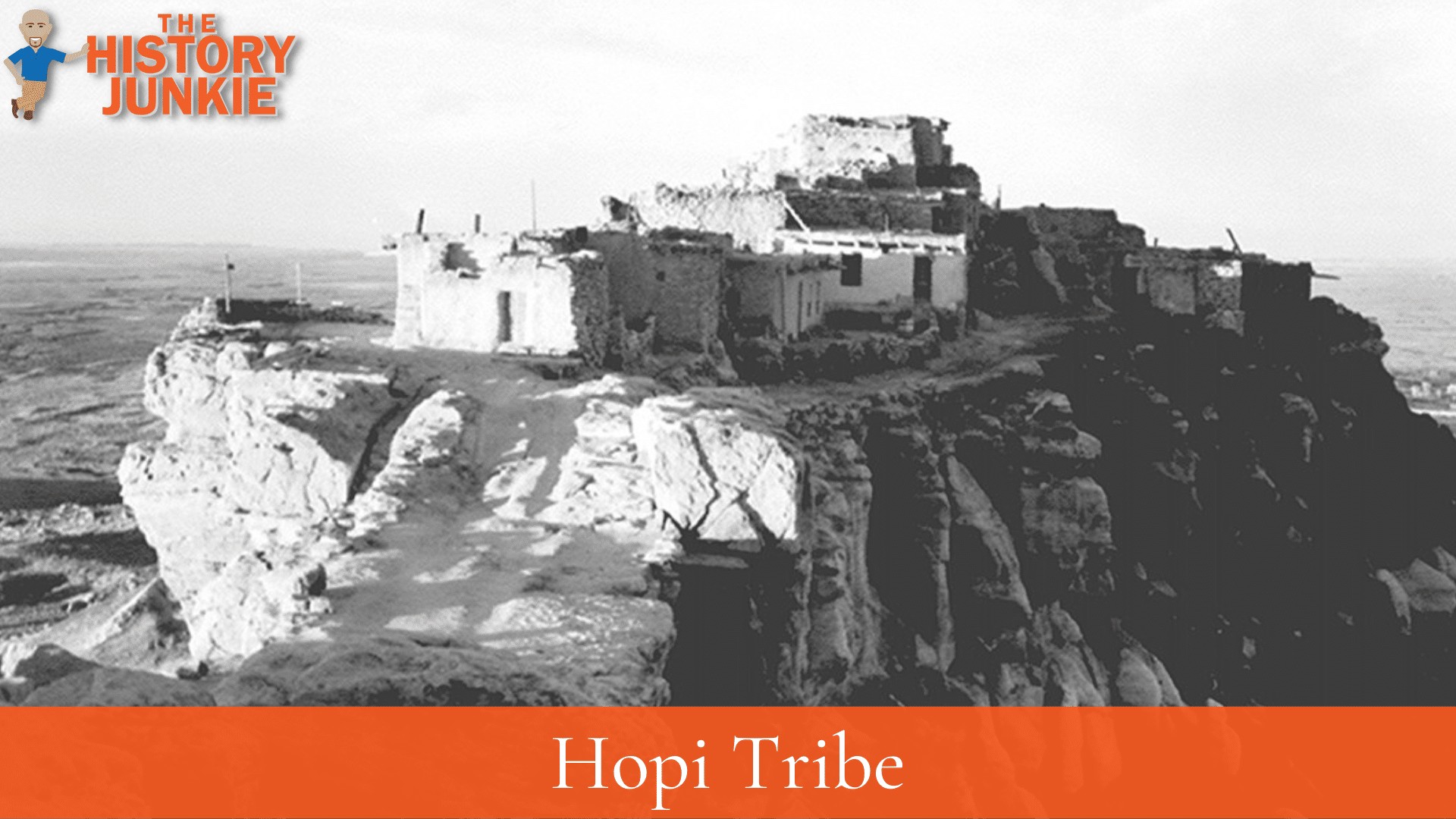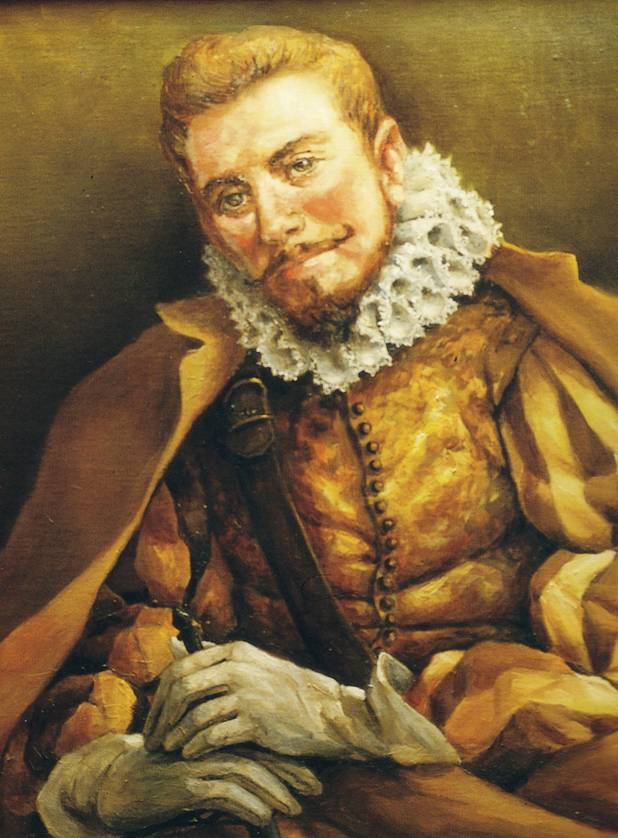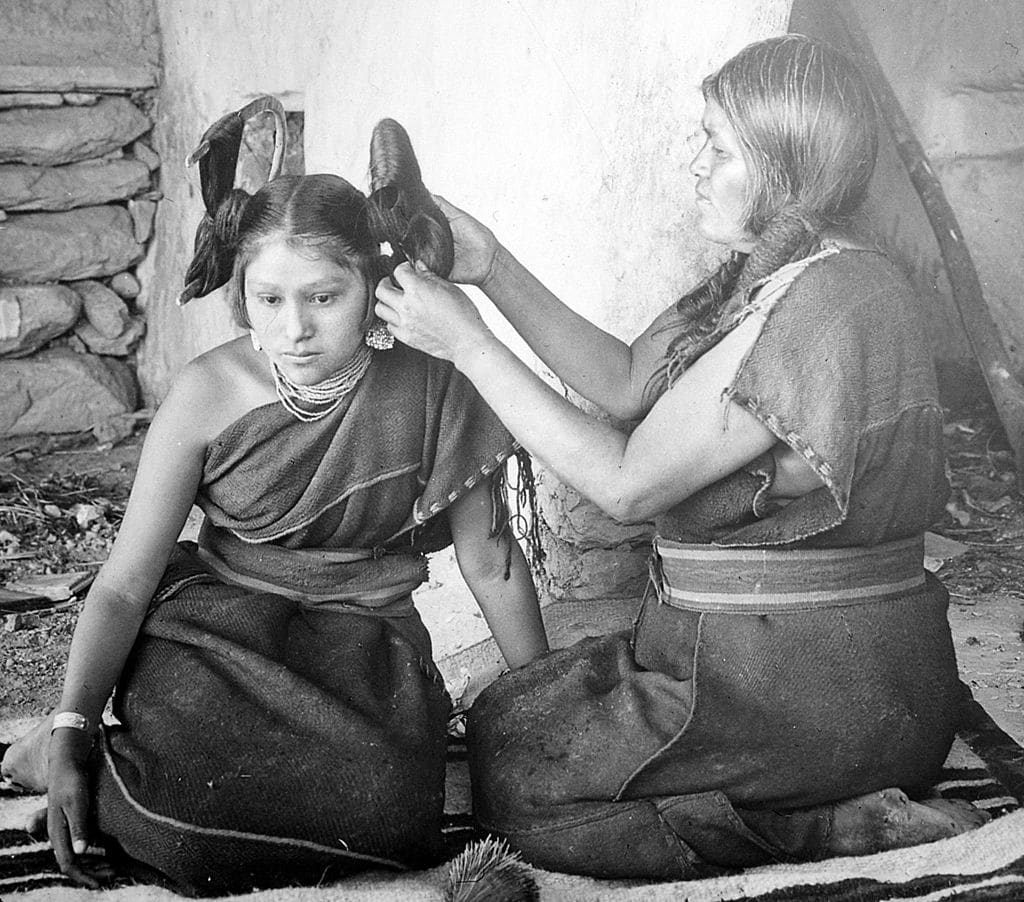
Jump to:
#1. The First To Make Contact With The Hopi Tribe Was The Spanish
The Hopi Tribe is a Southwest Indian Tribe that lived in the modern-day state of Arizona. The first European to make contact with the tribe was Francisco Vásquez de Coronado during his search for the cities of gold.
García López de Cárdenas would be the first Spanish Conquistador to see the Grand Canyon. He also met the Hopi Tribe, who hosted his men.
Relations with the tribe were good, and the tribe was friendly towards them.

#2. The Spanish Lost Control Of The Hopi Tribe In 1680
After friendly beginnings, the Hopi Tribe began to have troubles with the Spanish.
The Spanish tried to convert them to Catholicism, but the Hopi refused, which led to the Spanish enslaving them. Conflict soon arose between the Pueblo-speaking people.
The Pueblo Revolt was the first time that diverse Pueblo groups had worked in unison to drive out the Spanish colonists. In the Burning of Awatovi, Spanish soldiers, local Catholic Church missionaries, friars, and priests were all put to death, and the churches and mission buildings were dismantled stone by stone.
It took two decades for the Spanish to reassert their control over the Rio Grande Pueblos, but the Catholic Inquisition never made it back to Hopi land.
#3. Americans Tried To Force The Hopi To Their Ways
During the presidency of Chester A. Arthur, an English trader escorted several Hopi leaders to Washington, D.C. The Hopi leader Oraibi was impressed with the city, which lead to the establishment of a boarding school at Keams Canyon.
Keams tried to systematically teach the Hopi children the ways of America. He changed their names, pushed for them to convert to a different religion, had the boys cut their hair, taught the girls to iron, and introduced many other American traditions.
It did not go over well with the tribe. Parents refused to send their children to school. This divisive issue would eventually cause the tribe to split.
#4. The Hopi and Navajo Had Many Conflicts
The Hopi and Navajo Tribes seemed to be in dispute many times.
During the 19th century, the United States established Fort Defiance in 1851 in Arizona and placed troops in Navajo country to deal with their threats to the Hopi.
General James J. Carleton, with the assistance of Kit Carson, was assigned to travel through the area. They "captured" the Navajo natives and forced them to the fort. As a result of the Long Walk of the Navajo, the Hopi enjoyed a short period of peace.
The two tribes would have conflict later over land for their reservations that would be decided in federal court.
#5. The Hopi Women Name The Children

Like many Native Americans, the Hopi follows the mother's line and not the father. This is different from the Western culture, which is influenced by Christianity that established the man as the head of the home.
Hopi are organized into matrilineal clans. When a man marries, the children from the relationship are members of his wife's clan. These clan organizations extend across all villages. Children are named by the women of the father's clan.
On the 20th day of a baby's life, the women of the paternal clan gather, each woman bringing a name and a gift for the child. In some cases where many relatives would attend, a child could be given over 40 names, for example.
The child's parents generally decide the name to be used from these names. Current practice is to either use a non-Hopi or English name or the parent's chosen Hopi name.
A person may also change the name upon initiation into one of the religious societies, such as the Kachina society, or with a major life event.
